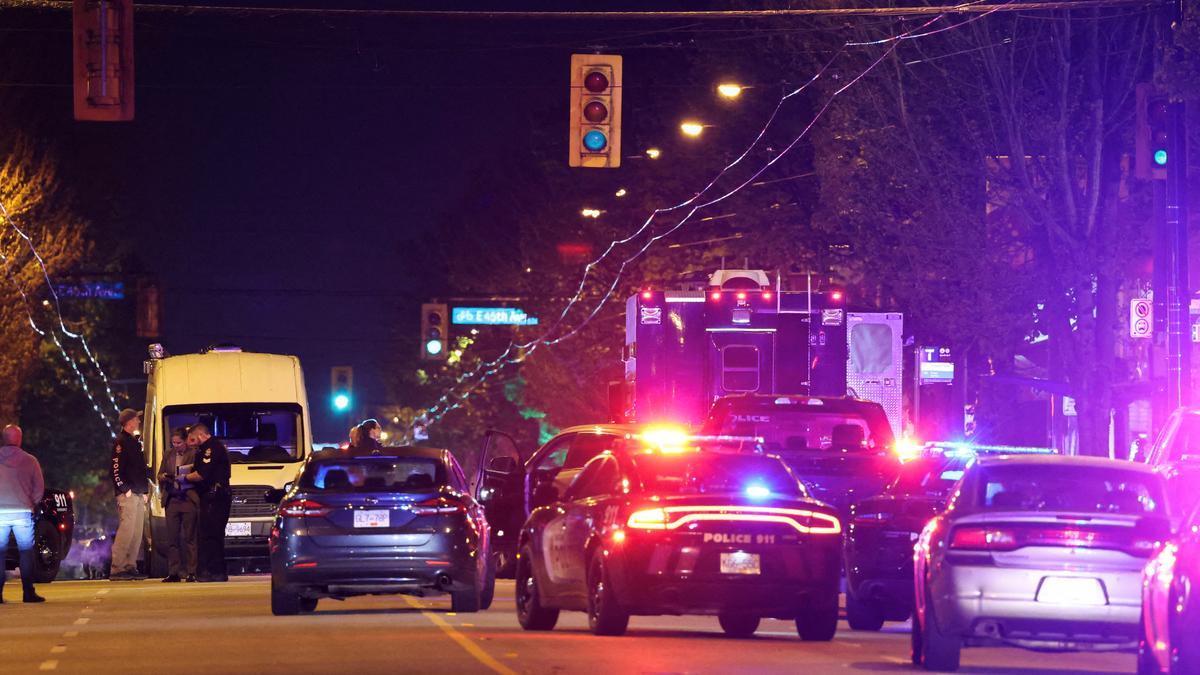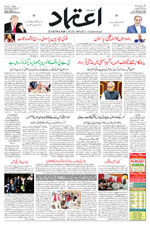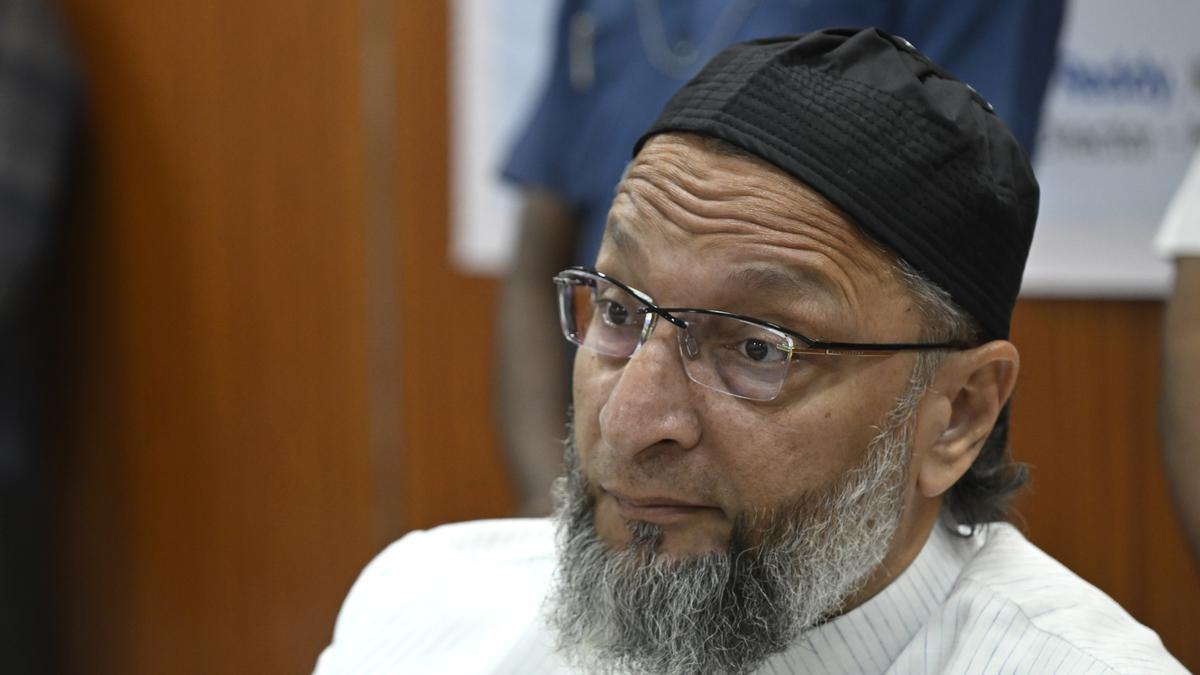Telangana polls: Dalit, Adivasi voters and SC, ST constituencies to play key role
Sun 26 Nov 2023, 23:30:11
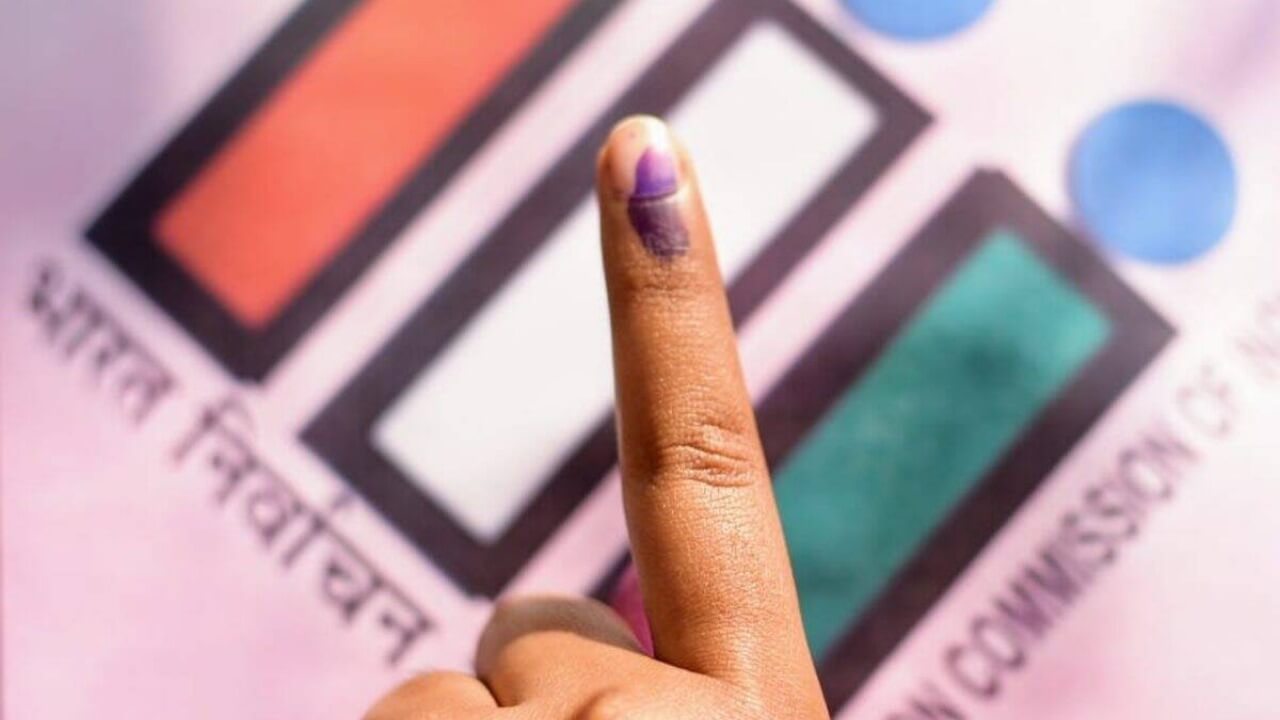
Dalits and Adivasis, accounting for almost one-fourth of the State’s electorate, and the SC/ST Reserved seats, constituting one-fourth of the Assembly constituencies, are slated to play a pivotal role in the outcome of the current elections in Telangana. As the SCs and STs are spread all across the State and have significant strength in both reserved and general category constituencies, the major contending parties—BRS, Congress and BJP—are wooing them with tall poll promises.
While the Congress has come up with “Chevella SC/ST Declaration,” the BJP has promised to fast-track the categorisation of SC reservations, which is hanging fire for the last two decades. The Grand Old Party has assured to increase the reservations for SCs and STs to 18 percent and 12 percent respectively. The saffron party also seeks to “ensure that the reservations provided to SCs/STs are commensurate with their population in the State.” Moreover, the BJP has declared that it would scrap the 4 percent quota for backward Muslims and assign the same among SCs, STs and BCs.
The Congress has plans to rename Dalit Bandhu scheme as “Ambedkar Abhaya Hastham” and extend it to both SCs and STs and raise the financial assistance to Rs 12 lakhs per family. Reservations will be extended to admissions in private educational institutions and jobs in private sector. Renaming Gruha Lakshmi as “Indiramma pucca houses” scheme, the Congress promises to provide house-site and Rs 6 lakh assistance for construction of houses to every SC/ST family in the State.
The Chevella Declaration says that three new SC corporations—one each for Malas, Madigas and other sub-castes– will be established, with annual grants of Rs 750 crore for each one of these. For STs, too, three new corporations will be established –Tukaram Adivasi Corporation (for Koya, Gond, Pradhan and Andh tribes), Sant Sevalal Lambada Corporation and Yerukala Corporation with annual grants of Rs 500 crores for each one of these. Both the Congress and BJP have promised to recognize Samakka-Saralamma festival as a national festival.
Prime Minister Narendra Modi declared at an election rally organized by the MRPS in the city that the union government would form a committee to examine the demand for sub-categorisation of the SCs in Telangana into A,B,C, D categories. However, he cautioned that the matter is pending before the Supreme Court. The committee would render its assistance in fighting this court battle over the legality of sub-categorisation of SC
reservations.
reservations.
Even as the opposition parties are seeking to secure chunks of Dalit and Adivasi votes, the BRS is confident of retaining the support of SCs and STs in the current elections. The pink party has won the trust of Dalits and Adivasis through effective implementation of the umpteen schemes launched by its government over the last 10 years. A massive allocation of Rs 51,983 crore has been earmarked in the current year’s State Budget for SC and ST Welfare. The allocations include Rs 36,750 crore under Special Development Fund (SDF) for SCs and Rs 15,233 crore under SDF for STs. Under the SC SDF, Dalit Bandhu scheme, launched in October 2021, has been allocated Rs 17,700 crore in the current year’s budget to assist 1.77 lakh Dalit families.
The BRS government has converted 2,472 Girijan thandas and gudems into gram panchayats. The quantum of reservations for the SCs in educational institutions and government employment has been raised to 10 percent. Chief Minister K Chandrasekhar Rao has promised to introduce Girijan Bandhu on the lines of Dalit Bandhu for ST communities. The government has also taken up distribution of Podu land pattas to all eligible beneficiaries since June this year.
The SCs constitute 15.45 percent of the State’s population. The proportion of STs is 9.08 percent as per 2011 Census. However, Samagra Kutumba Survey (SKS), conducted in August 2018, enumerated the proportion of SCs and STs to be 18 percent and 10 percent respectively. Electoral data also shows that the number of SC voters is more than 15 percent of the electorate in as many as 76 assembly constituencies out of 119 in the State. The number of ST voters exceeds 10 percent in 33 out of 119 constituencies. In short, the SCs and STs together constitute a big chunk of the electorate in most of the constituencies.
In the 2018 assembly elections, TRS (now BRS) had cornered a huge chunk of SC/ST votes all across the State. Out of the 31 reserved seats, the BRS had bagged 21 seats. The number included 16 out of 19 SC-reserved seats and 5 out of 12 ST-reserved seats. The Congress had managed to secure two SC and five ST seats. The TDP got one SC and ST seat each. BJP and other parties drew a blank. But one ST seat was won by an independent candidate. BRS winners included 8 Madigas and five Malas among SCs and 5 Lambadas among STs. However, all 3 Koya candidates and a Gond candidate were elected on the Congress ticket. Whether the Congress and BJP can tilt the outcome in their favour in the SC and ST constituencies in the current elections, only time will tell.
No Comments For This Post, Be first to write a Comment.
Most viewed from Hyderabad
Most viewed from World
AIMIM News
Latest Urdu News
Most Viewed
May 26, 2020
Do you think Canada-India relations will improve under New PM Mark Carney?
Latest Videos View All
Like Us
Home
About Us
Advertise With Us
All Polls
Epaper Archives
Privacy Policy
Contact Us
Download Etemaad App
© 2025 Etemaad Daily News, All Rights Reserved.

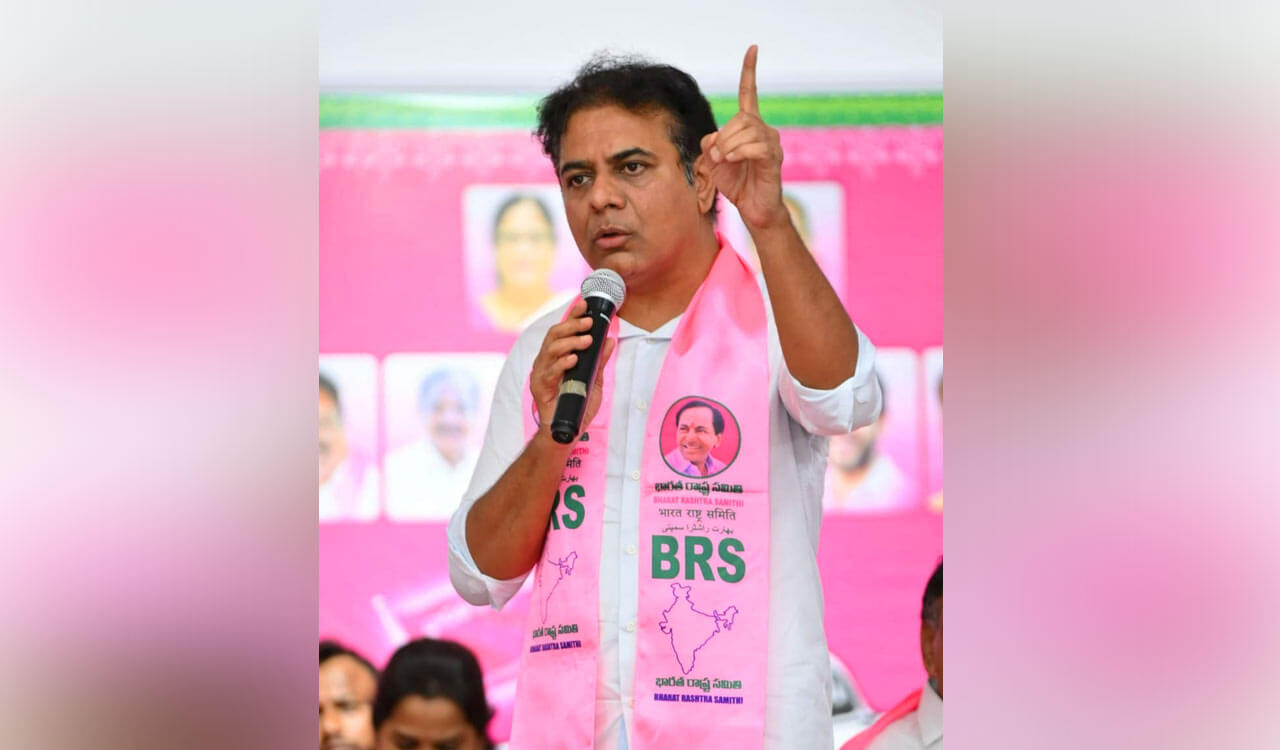
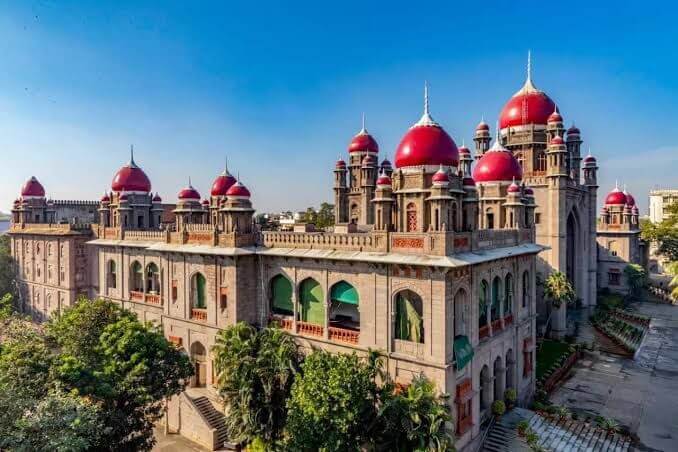
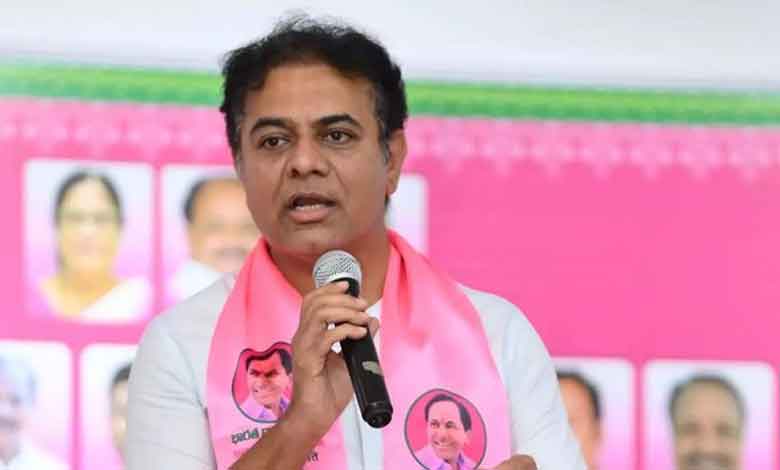
.jpg)
.jpg)
.jpg)
.jpg)
.jpg)


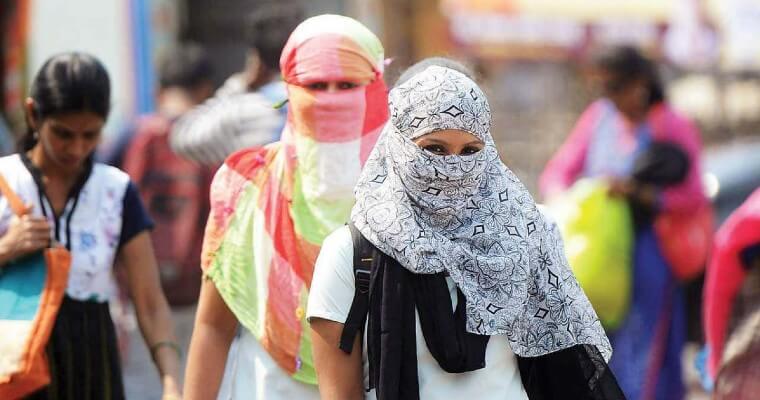
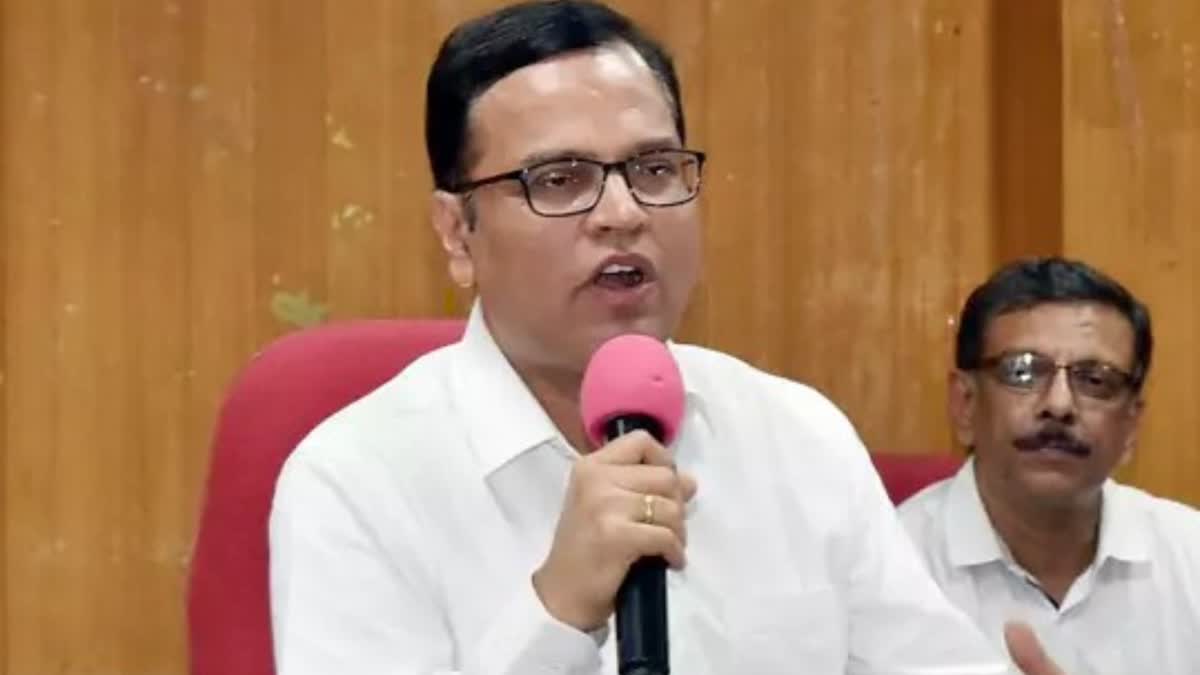

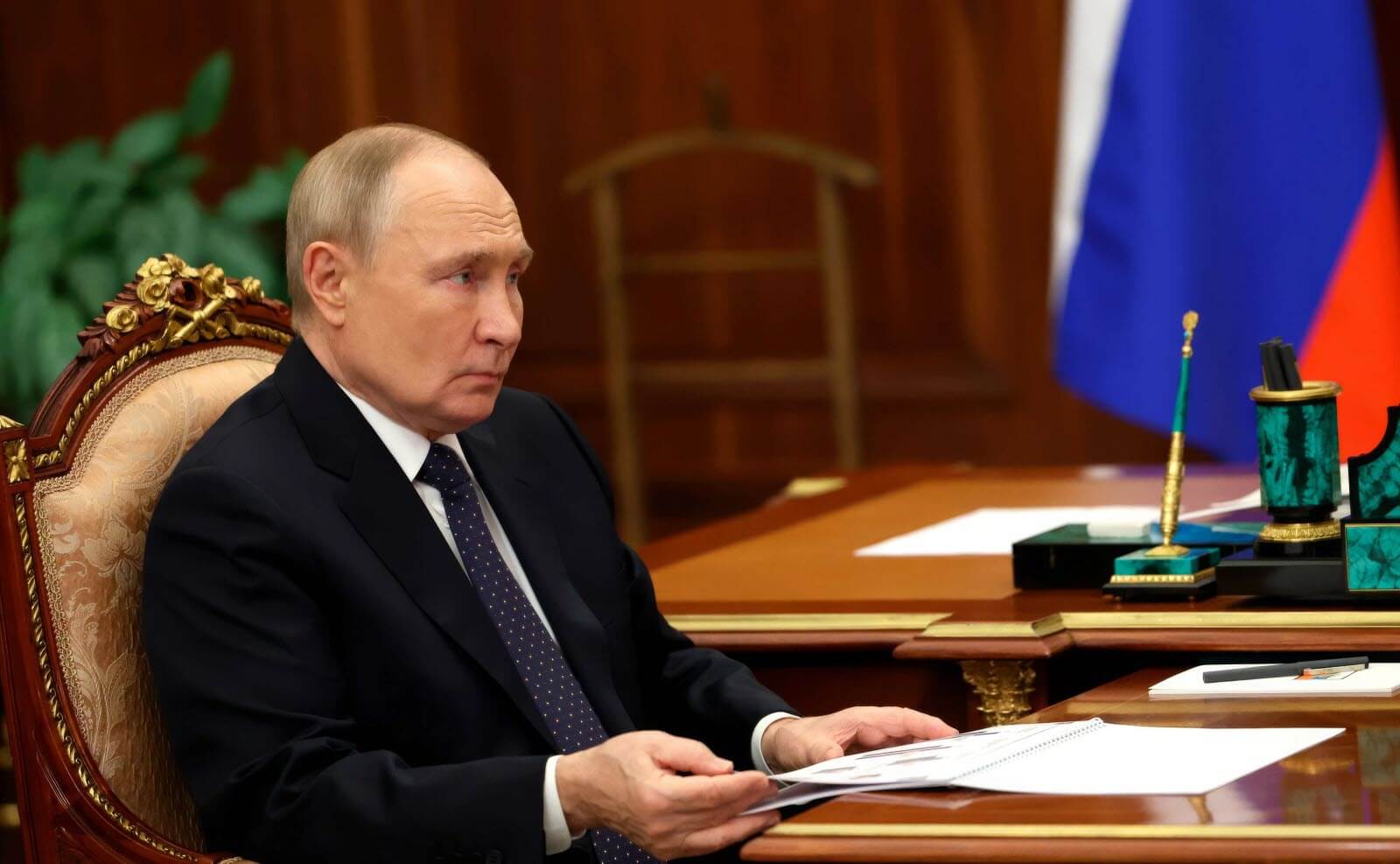
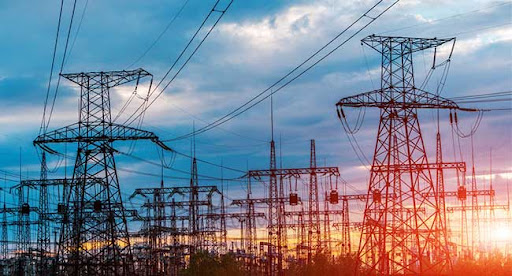
.jpg)
.jpg)
.jpg)




